Teenage athletes require more sleep than adults but typically get less. The National Sleep Foundation recommends that teenagers get 8-10 hours of sleep a night, an hour or two more than the 7-8 hours recommended for adults. However, teenagers do not get any more sleep than adult athletes – both average around 7.2 hours a night.
In this article, the focus will be on the following topics:
- Why do athletic teenagers not get enough sleep?
- How a lack of total sleep time impacts adolescent athletic performance.
- How a lack of total sleep time impacts adolescent academic performance.
Why do teenage athletes sleep less than recommended?
A 2022 study of seventy-two high school students showed that all high school students are not meeting the recommended 8–10 hours of sleep per night. Adolescent athletes are at risk of getting even less sleep than the typical teenager. Young athletes should get closer to 10h of sleep a night to gain adequate recovery. The “Perfect Storm Model” in Figure 1 explains why teenage athletes get less sleep than their less active counterparts.

Teenage athletes do not get enough sleep because:
- They must wake up early for school and/or practice despite the genetic tendency of half of teenagers to become night owls (stay up late and sleep late).
- Their practice time and competitions for athletics reduce the available daytime to spend on homework.
- The need for socialization along with pressure from friends and social media increases wake time.
Interestingly, night owls are less likely to become elite athletes than early risers (see Figure 2). Studies show that late bedtimes have detrimental effects on both athletic and academic performance. Teenage athletes serious about honing both their athletic and academic performance should consider moving to an earlier bedtime. Having a consistent bedtime also decreases the amount of time it takes to fall asleep thereby increasing overall sleep time. Working with a sleep expert can help teenagers gradually become less of a night owl, but the genetic factors will remain and can make it difficult to follow through with treatment.

How does sleep deprivation affect athletic performance?
Sleep deprivation has a significant impact on athletic performance, affecting both physical and psychological aspects, which can significantly undermine young athletes' ability to perform at their best:
- The rate of perceived effort (RPE) is higher for the work performed.
- Time to exhaustion during practice and competition increases by 10-11%.
- Students are less motivated to work hard during practice and competition.
- Decision-making during competition is impaired.
- Reaction time is 20% longer including time off starting blocks and hitting a ball.
- There is a reduction in accuracy where aim is involved.
- Auditory vigilance and visual search ability are reduced by 10%.
- Athletes are more likely to become confused.
- Anaerobic power is restricted (muscle contraction is less forceful).
- There is a significant reduction in both maximal and average power output (both cycling and running have shown 4-10% less distance biked or run in the same amount of time).
- Glycogen storage is below maximal levels, leading to lower energy availability in aerobic endurance. Glycogen is a complex sugar stored directly in muscles. When it is used during activity, it is replaced during sleep.
- Teenage injury rate increases (20-60%) due to the factors above. In addition, muscle, bone, and connective tissue recovery is compromised since repair occurs while sleeping (see the article on older athletes in the Empower Sleep blog on how muscle recovery occurs – this section applies to teenagers as well). Female athletes are twice as susceptible to injury due to sleep deprivation compared to male athletes.
Research reviews show that athletic injuries can be reduced by up to 60% in teenagers by simply increasing their total sleep time (see Figure 3 below). Increasing sleep quality (reducing time to fall asleep and reducing night awakening) also decreases the chances of injury by 20-40%.

Getting less sleep than the average teenage athlete (less than 7.2 hours) impairs performance even more. Sleep-deprived adolescent athletes (4 hours or less sleep), compared to those with 7 or more hours of sleep showed an increase in maximum heart rate (the heart is working harder than necessary), a lessened time before reaching shortness of breath, and an increase in blood pressure. This data shows that the effects on performance become increasingly more pronounced with less sleep.
Despite the stereotype of athletes having lower grades, participating in a high school sports team tends to increase both test scores and grade point average (GPA). Participation in sports also increases self-esteem and positive body image. Longer sleep times are critical to increasing academic achievement in student-athletes.
How does a lack of sleep affect teenage academic performance?
- Elevated cortisol levels are associated with impaired cognitive performance, making it harder for students to concentrate, remember information, and make decisions effectively.
- Every hour of sleep lost by college first-year students equated to a 0.07 drop in grade point average (GPA) – see Figure 4.
- Memory recall is impaired. Sufficient deep sleep is necessary to store information in short- and long-term memory. Added information heard or seen during the day is filed and stored in the brain for recall during sleep. Last-minute studying or “cramming” information without sleeping before the test results in lower test scores.
- Attention span and alertness are impaired.
- Logical reasoning and problem-solving abilities lessened with insufficient REM sleep. REM sleep is the last cycle of sleep to start and is where dreaming occurs. REM sleep is cut short of the recommended 20-25% when total sleep is less than 8 hours.
- The ability to focus decreases just as it does in athletics. The ability to concentrate and pay attention during instruction is compromised.
- Memory recall and judgment is impaired which can negatively affect test scores.

Student-athletes need sufficient sleep to excel in both their sport and academics. There is a social stigma that holds the attitude that sleeping equals weakness or laziness. The opposite is true! Education around the importance of sleep to student athletes’ goal attainment will do much to combat the problem. Parents and coaches are encouraged to emphasize the importance of sleep to success.
References
Charest, J., & Grandner, M. A. (2023, February 25). Sleep and Athletic Performance: Impacts on Physical Performance, Mental Performance, Injury Risk and Recovery, and Mental Health. Sleep Medicine Clinics, 1, 41-57.
Coel, R. A., Pujalte, G. G., Applewhite, A. I., Zaslow, T., Cooper, G., Ton, A. N., & Benjamin, H. J. (2023, July-August). Sleep and the Young Athlete. Sports Health, 15(4), 537-546.
Creswell, J. D., Tumminia, M. J., Price, S., Sefidgar, Y., Cohen, S., Rend, Y., . . . Lovett, M. C. (2023, January 9). Nightly sleep duration predicts grade point average in the first year of college. Psychological and Cognitive Sciences, 120(8).
Fullagar, H. H., Skorski, S., Duffield, R., Hammes, D., Coutts, A. J., & Meyer, T. (2014). Sleep and athletic performance: the effects of sleep loss on exercise performance, and physiological and cognitive responses to exercise. Sports Medicine (Auckland, NZ), 45(2), 161-186.
Huang, S., Deshpande, A., Yeo, S.-C., Lo, J. C., Chee, M. W., & Gooley, J. L. (2016). Sleep Restriction Impairs Vocabulary Learning when Adolescents Cram for Exams: The Need for Sleep Study. SLEEP, 3(9), 1681-1690.
Kosticova, M., Kopcakova, J., Vaskova, M., Slancova, T. K., Kolarcik, P., & Bakalár, P. (2024). Sleep characteristics and adolescent physical activity- related injuries in sports clubs, leisure time and schools. Injury Prevention, 30, 153-160.
Mason, L., Connolly, J., Devenney, L. E., Lacey, K., O’Donovan, J., Doherty, R., & Tur, J. A. (2023, December 13). Sleep, Nutrition, and Injury Risk in Adolescent Athletes: A Narrative Review. Nutrients, 15(24), 15101.
Niu, X., Chi, P., Song, J., Pang, Y., Wu, Q., Liu, Y., & Chi, A. (2022). Effects of Sleep Deprivation on Functional Connectivity of Brain Regions after High-Intensity Exercise in Adolescents. Sustainability, 14(16175).
Paruthi, S., Brooks, L. J., D'Ambrosio, C., Hall, W. A., Kotagal, S., Lloyd, R. M., . . . Wise, M. S. (2016, June 15). Recommended Amount of Sleep for Pediatric Populations: A Consensus Statement of the American Academy of Sleep Medicine. Journal of Clinical Sleep Medicine, 12(6).
Taylor, L., Chrismas, B. C., Dascombe, B., Chamari, K., & Fowler, P. M. (2016, March 18). The Importance of Monitoring Sleep within Adolescent Athletes: Athletic, Academic, and Health Considerations. Frontiers in Physiology, 7, 101.
Ungaro, C. T., & De Chavez, P. D. (2022, September 1). Sleep habits of high school student-athletes and nonathletes during a semester. Journal of Critical Sleep Medicine, 18(9), 2189–2196.
Vlahoyiannis, A., Aphamis, G., Bogdanis, G. C., Sakkas, G. K., Andreou, E., & Giannaki, C. D. (2021). Deconstructing athletes’ sleep: A systematic review of the influence of age, sex, athletic expertise, sport type, and season on sleep characteristics. Journal of Sport and Health Science, 10, 387-402.
Walker, M. P. (2009). The Role of Slow Wave Sleep in Memory Processing. Journal of Clinical Sleep Medicine, 5(2), S20-26.
Walker, M. P., Conor, L. J., Hobson, A., & Stickgold, R. (2002, March 6). Cognitive flexibility across the sleep–wake cycle: REM-sleep enhancement of anagram problem solving. Cognitive Brain Research, 17, 317-324.
Walters, P. H. (2002, APril). Sleep, the Athlete, and Performance. National Strength & Conditioning Association, 24(2), 17-24.
Watson, A. M. (2017, Nov/Dec). Sleep and Athletic Performance. Current Sports Medicine Reports, 16(6), 413-418.
Wretman, C. J. (2017). School Sports Participation and Academic Achievement in Middle and High School. Journal for the Society for Social Work and Research, 8(3), 399-420.






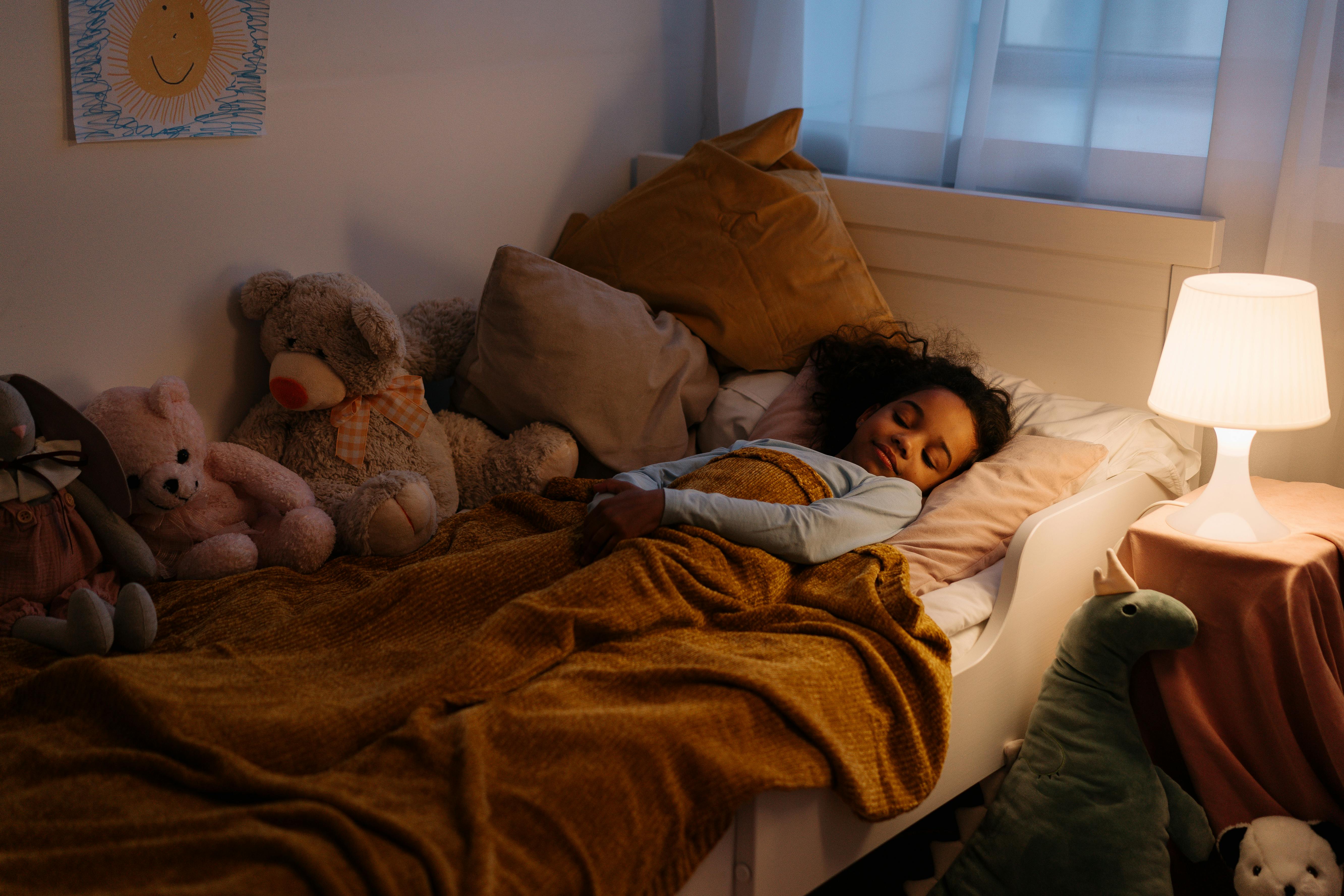
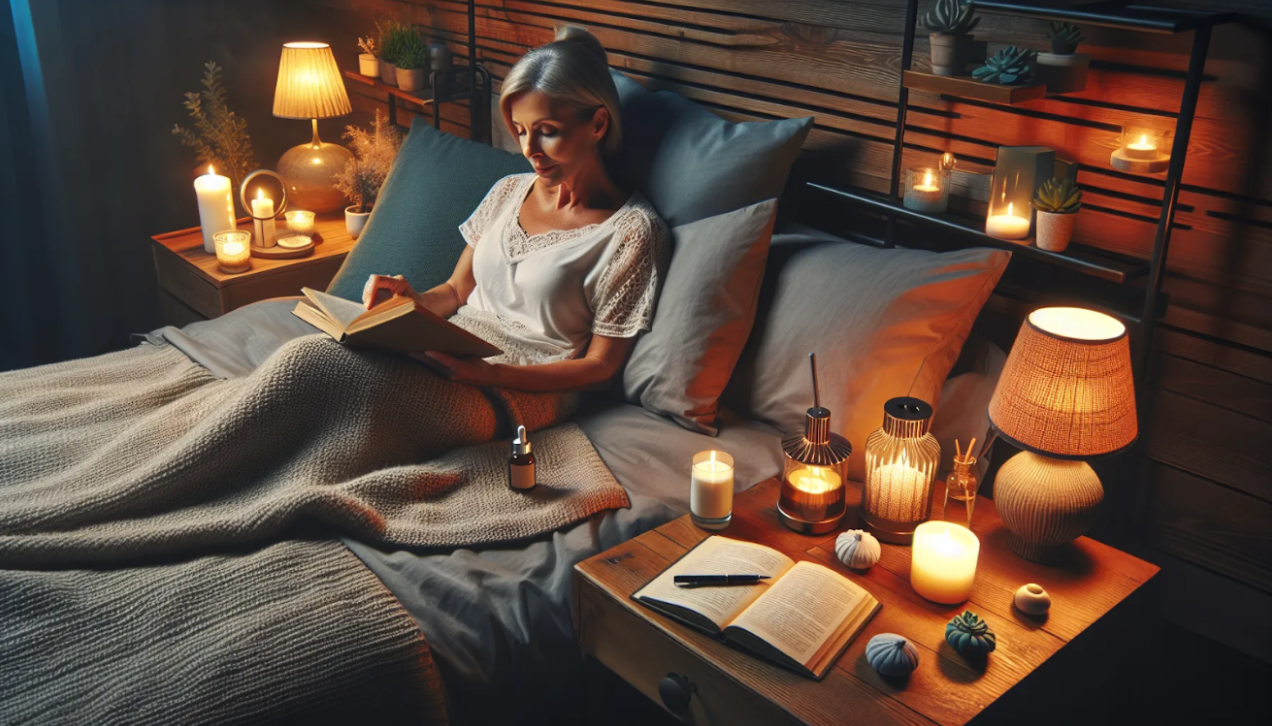

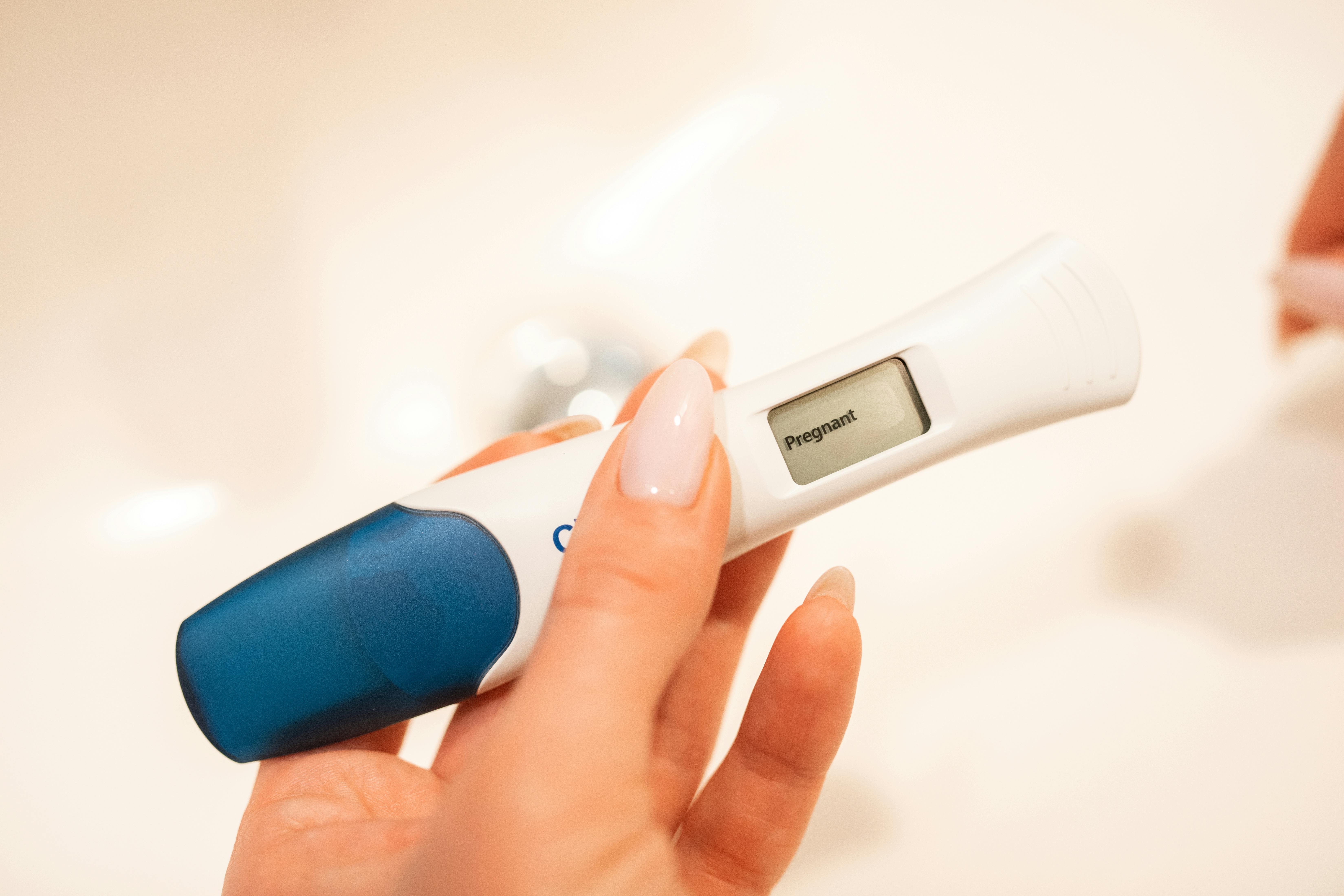
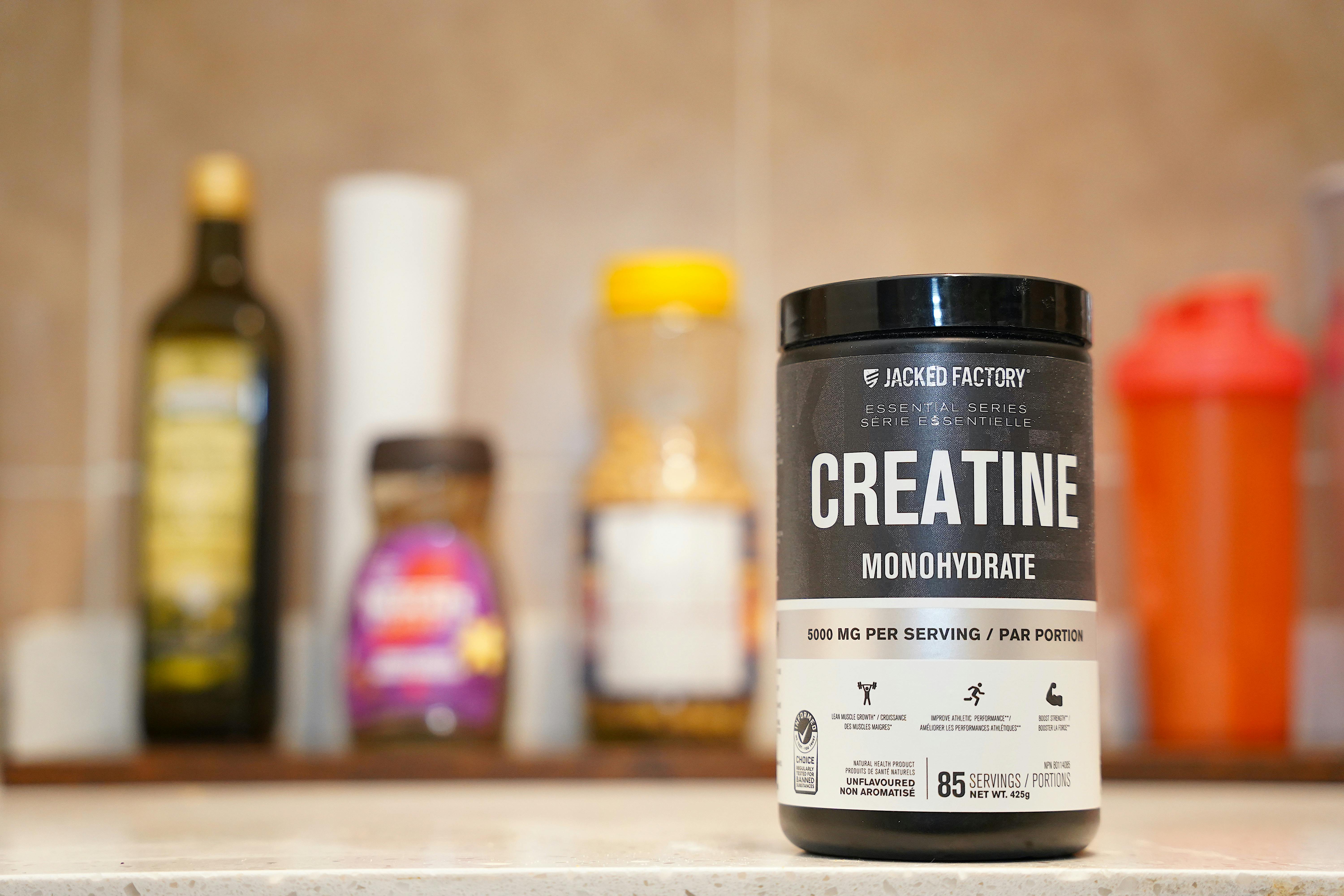






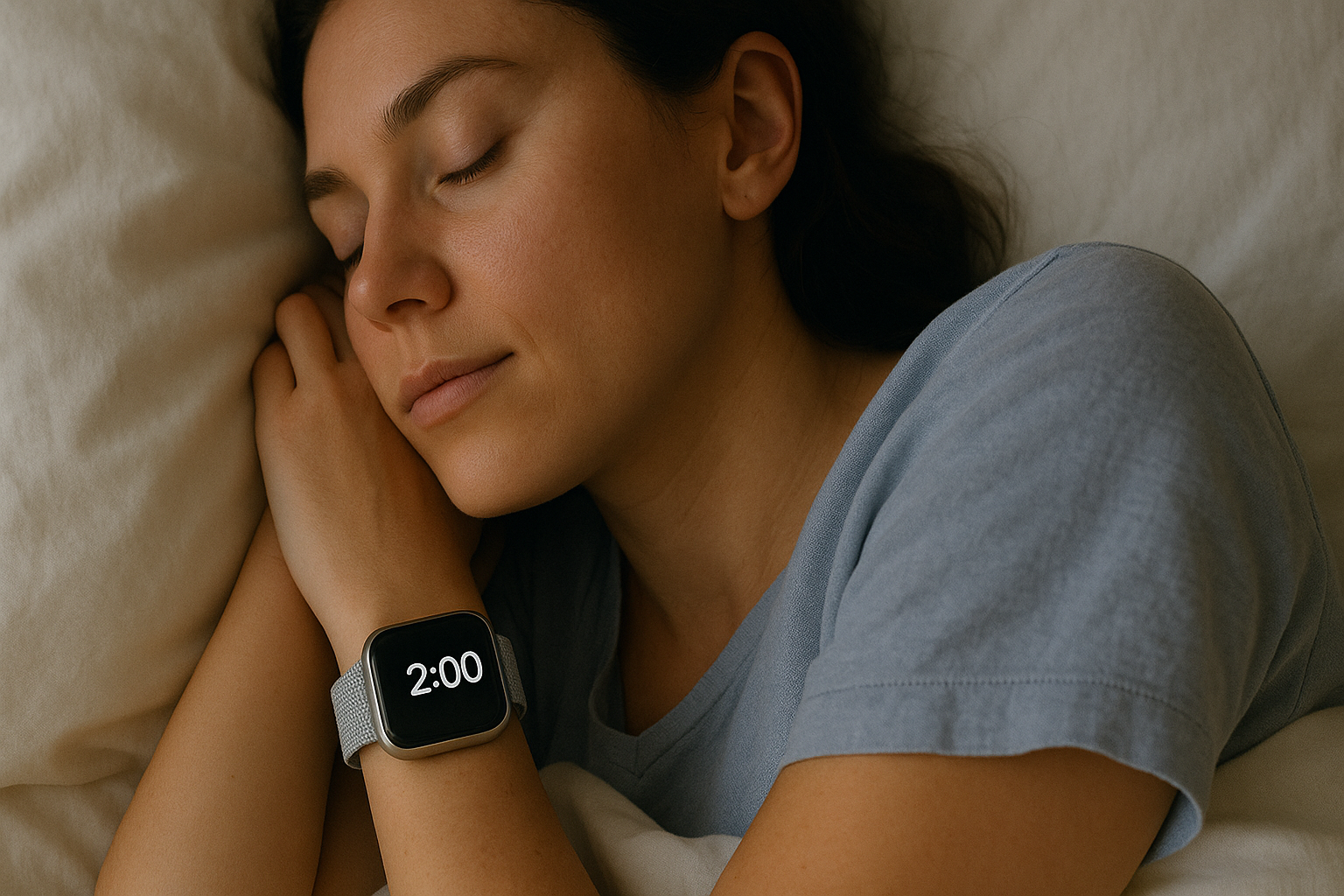


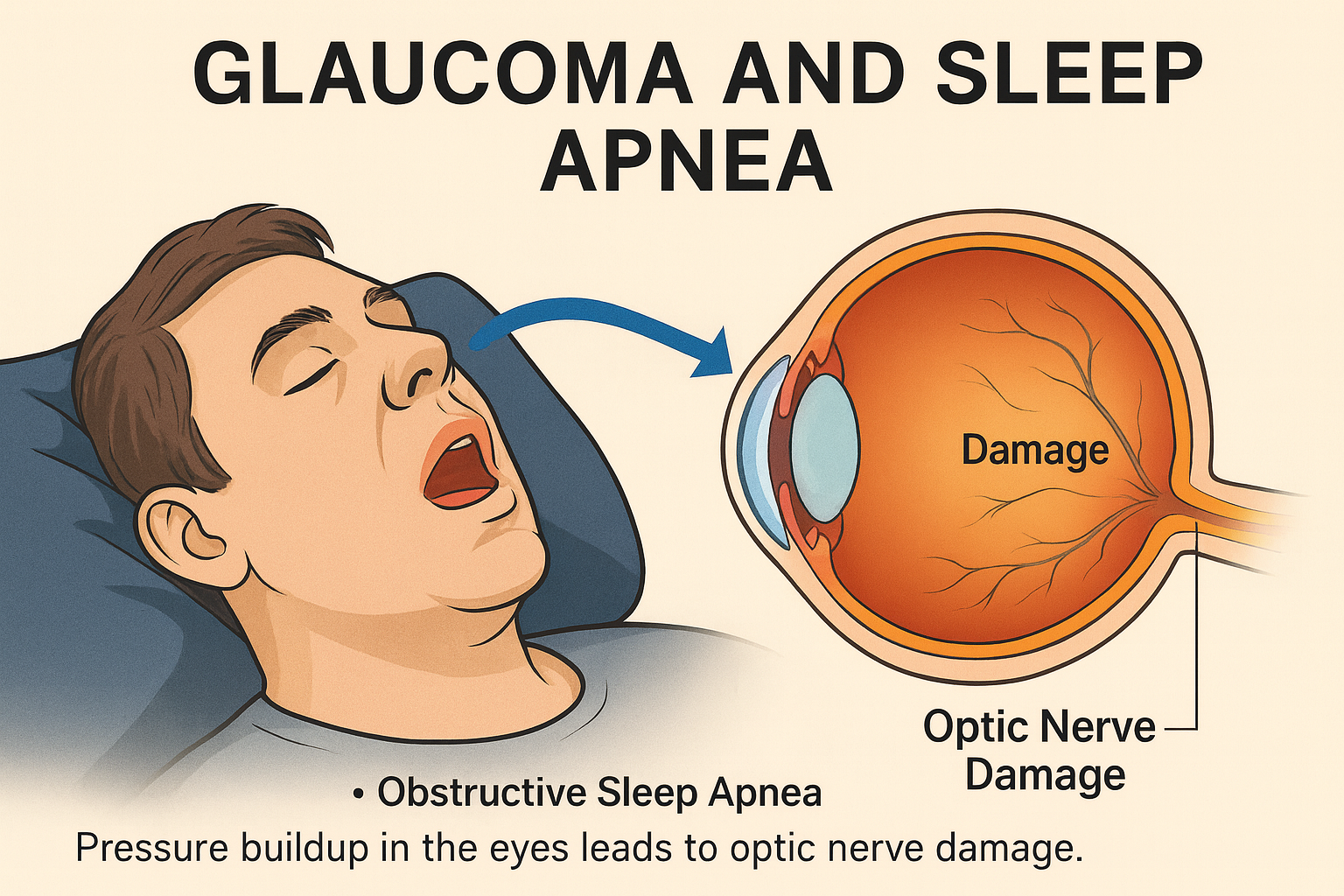
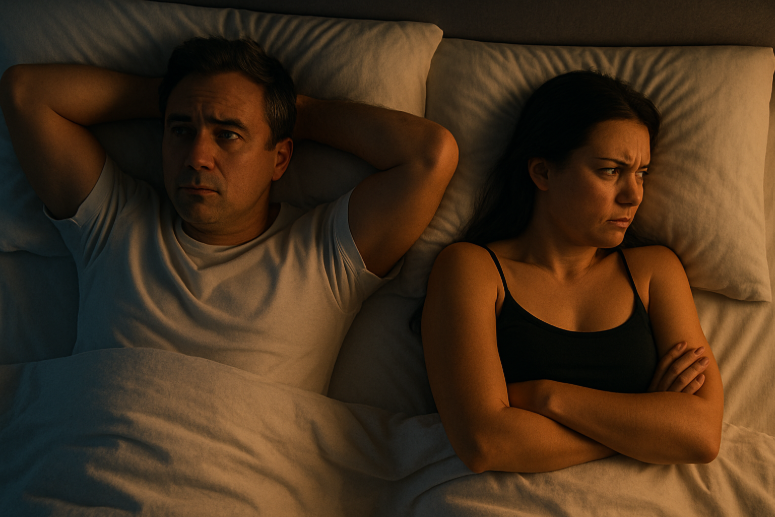


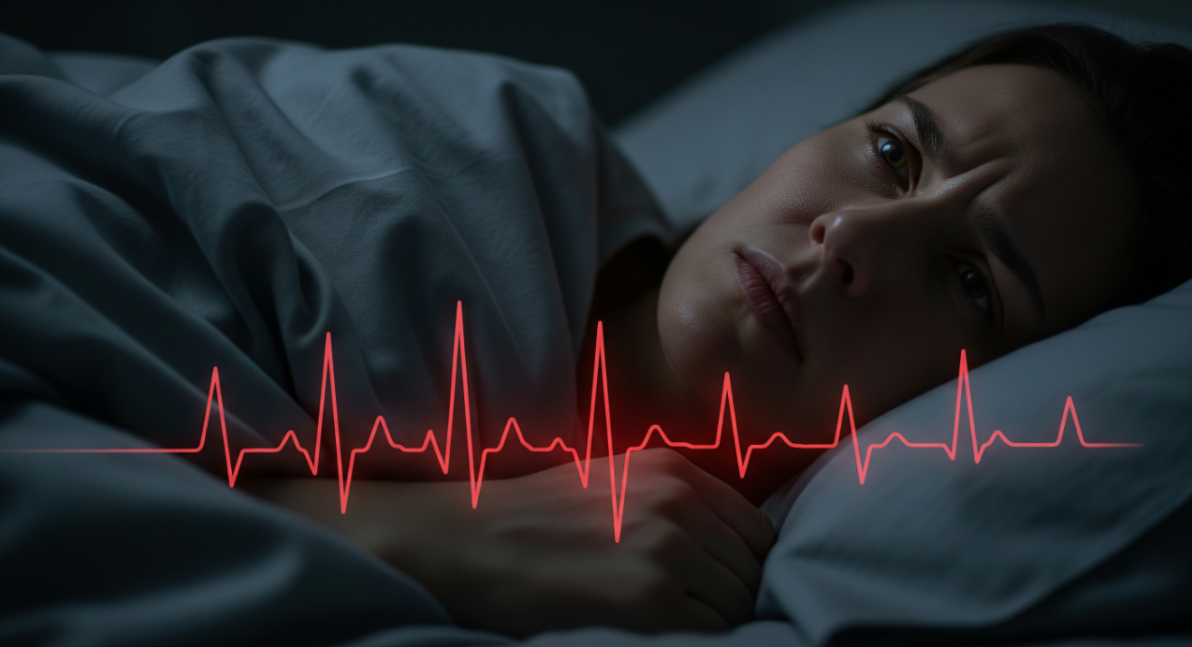






























































%20thumbnail.jpg)
.png)